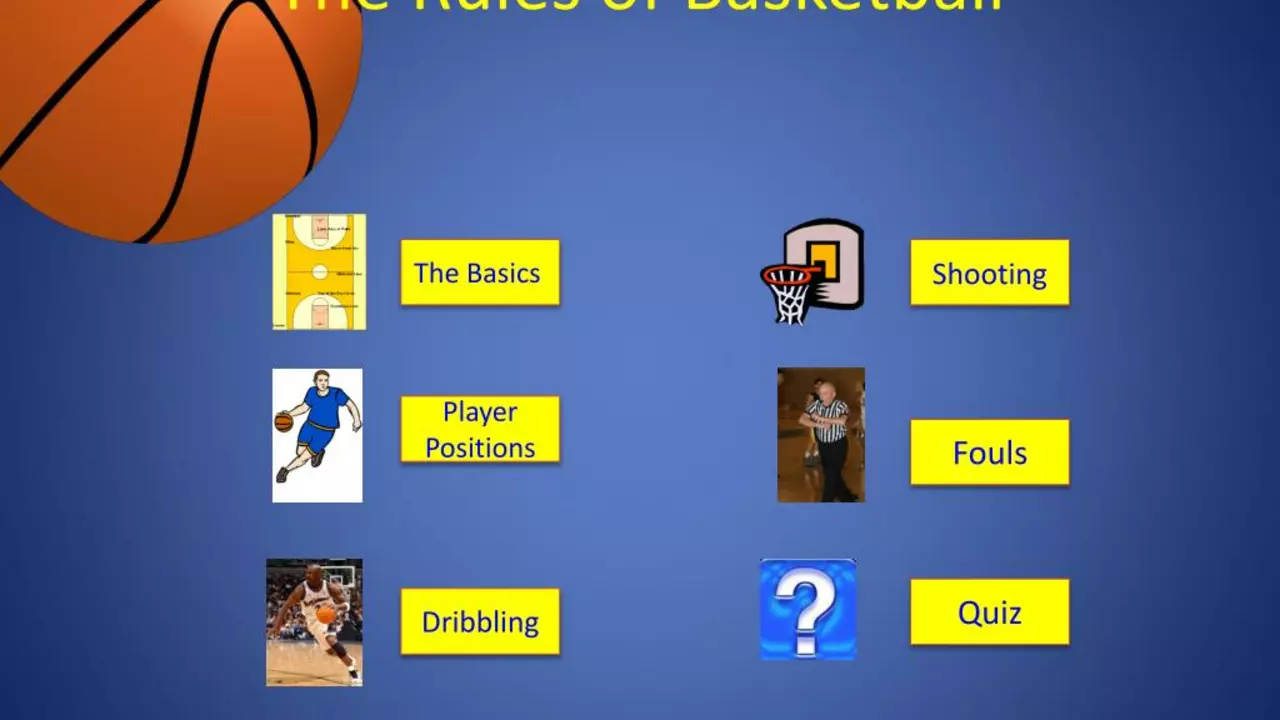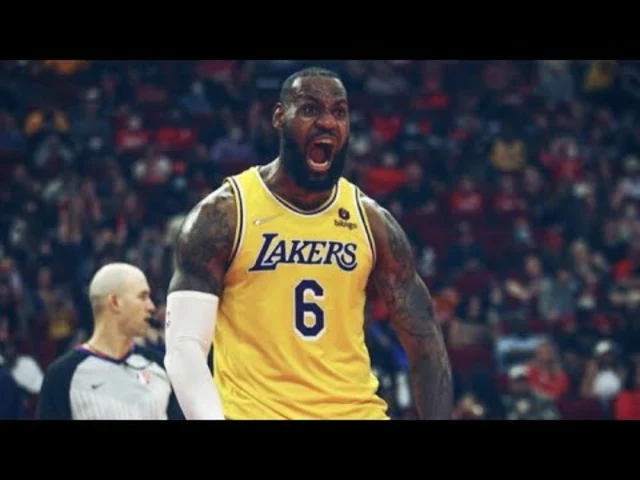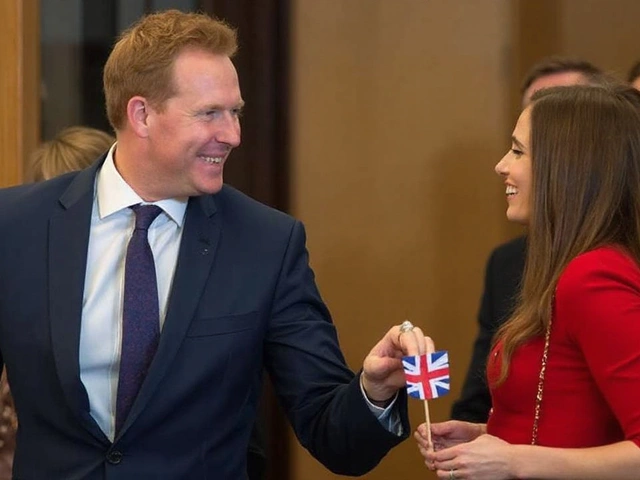Pointless Rule in Basketball – What’s the Deal?
Ever watched a game and thought, “Who came up with that?” You’re not alone. Fans, players, and coaches all gripe about rules that seem to do more harm than good. In this article we break down the most talked‑about pointless rules, explain why they stick around, and give you a few ideas on how the sport could be smarter.
Rules That Make You Scratch Your Head
One rule that gets constant flak is the three‑second defensive lane rule in the NBA. Defenders can’t stay in the paint for more than three seconds unless they’re actively guarding. On paper it frees up space for shooters, but in practice it forces big men into awkward rotations and slows the game down. Many junior leagues drop it completely because it’s hard to coach and often leads to unnecessary whistles.
Another hot topic is the time‑out limit in high school games. Some states allow each team ten time‑outs per game, but only a few are ever used. Coaches end up calling them just to break the momentum, not to fix a tactical issue. The result? Longer games, restless fans, and extra fatigue for young athletes.
Why Do These Rules Stay?
Tradition plays a huge part. The basketball rulebook is a living document, and every change needs approval from multiple committees. That bureaucracy makes it easy for old habits to survive, even when data shows they’re ineffective. Money is another factor – more stoppages mean more TV breaks, which translates to higher ad revenue.
Player safety is often the official excuse, especially for rules around fouls and traveling. While protecting athletes is crucial, some safety rules become over‑cautious. For example, the strict “no‑flopping” rule in the NBA can be hard to enforce consistently, leading to controversial calls that mess with the flow of the game.
Fans also love drama, and a few well‑placed whistles keep the excitement high. A sudden foul or a technical call can swing momentum in seconds, creating talking points that keep the sport in the headlines. That buzz is priceless for leagues trying to stay relevant.
If you’re a player wondering how to deal with a rule that feels pointless, the best move is to adapt your mindset. Use the rule to your advantage – like using the defensive three‑second rule to set traps in the corner. Coaches can also turn a nuisance into a teaching moment, showing youngsters how to stay disciplined under pressure.
Looking ahead, the sport could benefit from a few experiments. Removing the defensive three‑second rule in lower leagues would let big men play more naturally and could spark faster, higher‑scoring games. Reducing the number of time‑outs in high school would shorten game length and keep energy levels up. Some leagues are already testing these ideas, and early feedback is promising.
Bottom line: Not every rule is a perfect fit for every level of play. What feels pointless in a professional arena might be essential for youth safety, and vice‑versa. By listening to players, coaches, and fans, basketball can keep the rules that truly improve the game while ditching the ones that just slow it down.
So next time you hear a complaint about a “pointless rule,” remember there’s usually a reason behind it. But that reason doesn’t always make the rule worth keeping. Keep the conversation going, and maybe the next rule change will make the sport faster, fairer, and more fun for everyone.

In my opinion, the most unnecessary rule in basketball has to be the "five-second closely guarded" rule. This rule states that if a player is guarded for five seconds, they must either pass, shoot, or dribble the ball. It seems pointless because it often leads to unnecessary turnovers and disrupts the flow of the game. Plus, other rules already prevent stalling or excessive holding of the ball. So, why do we need a rule that punishes a player for simply being guarded?




